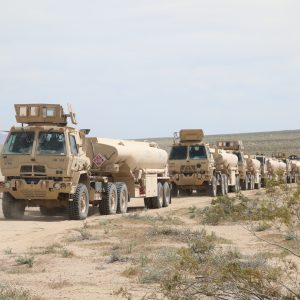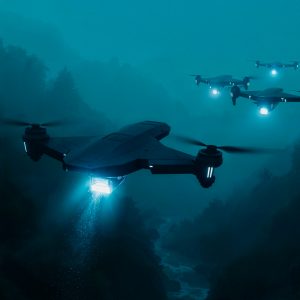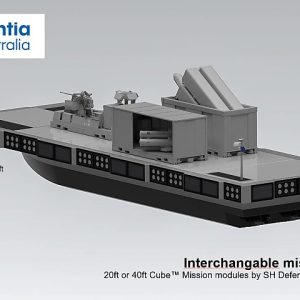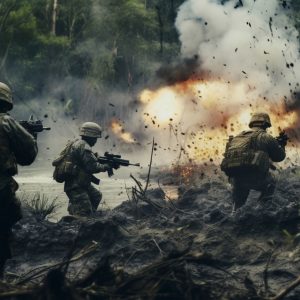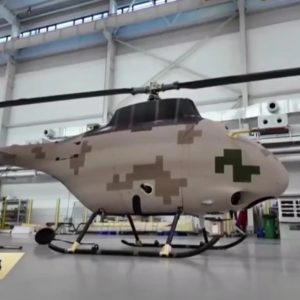The phrase Drone and AI Delusion has entered the defence-tech lexicon as media, investors, and policymakers hail low-cost autonomous systems as battlefield game-changers. From Silicon Valley pitches to think tank op-eds, the narrative claims drones and AI will transform conflict, offset disadvantages, and deliver decisive victories. While compelling, this view mistakes tactical disruption for strategic transformation and overlooks the political, institutional, and logistical realities that determine how wars are actually won.
From Techno-Optimism to Strategic Blind Spots
Palmer Luckey’s recent address at National Taiwan University echoed a common script in the Drone and AI Delusion discourse: rally engineers to build high-tech deterrents, and adversaries will be outpaced by innovation. Many media outlets and analysts repeat this framing, arguing that the United States lags in adopting drones and AI due to slow procurement. However, the data shows a more complex picture. In FY2024, only $172 billion—around 20% of the defence budget—was available for new equipment. That amount must cover fleet modernization, munitions replenishment, naval recapitalization, and investments in emerging systems. Constraints, not complacency, drive procurement priorities.
Revolution or Evolution?
Doctoral-level military studies distinguish between revolution—a discontinuous transformation altering doctrine, organization, and the nature of war—and evolution—incremental improvements within existing paradigms. At present, drones and AI are evolutionary. They extend reconnaissance range, lower strike costs, and challenge defences, but they do not yet replace combined-arms fundamentals or the institutional systems that sustain them. History reinforces this point. From Germany’s StG 44 rifle to Britain’s Chain Home radar network, many “breakthroughs” emerged as responses to acute constraints, not as pure expressions of technological foresight.
Taiwan: The Risk of Fantasy Scenarios
Luckey’s 2029 Taiwan war game imagines swarms of AI drones and autonomous vessels defeating a PLA invasion outright. This is strategically misleading. Building, integrating, and sustaining such forces in four years is beyond Taiwan’s industrial capacity under current conditions. Moreover, the PLA adapts rapidly and fields its own countermeasures. Real deterrence for Taiwan comes from a resilient, integrated defence posture—crew-operated armour, layered missile systems, maritime denial capabilities, and allied support—not from a stand-alone drone fleet.
Doctrine First, Gadgets Second
Ukraine’s battlefield experience shows drones enhance combat power but cannot substitute for infantry, artillery, or armoured formations. A Ukrainian battalion commander noted in 2025 that “the single most decisive factor is still the number of infantry.” Heavy reliance on drones arose from necessity—depleted airpower, strained logistics—not from doctrinal preference. Copying these tactics without the same constraints risks strategic failure for a global force like the U.S. military.
Even Russia’s so-called “drone swarms” of Shahed systems have been strategically inconclusive, resembling updated versions of historic bombing campaigns. In contrast, recent Israeli and U.S. B-2 operations over Iran demonstrated that crewed stealth platforms, paired with precise intelligence and logistics, can still deliver decisive effects against hardened targets.
A Realistic Path Forward
To move beyond the Drone and AI Delusion, militaries should focus on integration, not idolization. That means embedding drones into a combined-arms ecosystem where they open opportunities for manoeuvre, preserve force survivability, and sustain momentum. This approach requires:
- Reforming institutions to adapt doctrine without undermining the combined-arms balance.
- Investing in logistics, sustainment, and human capital alongside technology.
- Strengthening alliances for interoperability in multi-domain operations.
- Anticipating adversary countermeasures and adapting accordingly.
Technology should support strategic coherence, not replace it. History and contemporary conflict prove that winning wars depends on systems—human, industrial, and political—that adapt and endure.
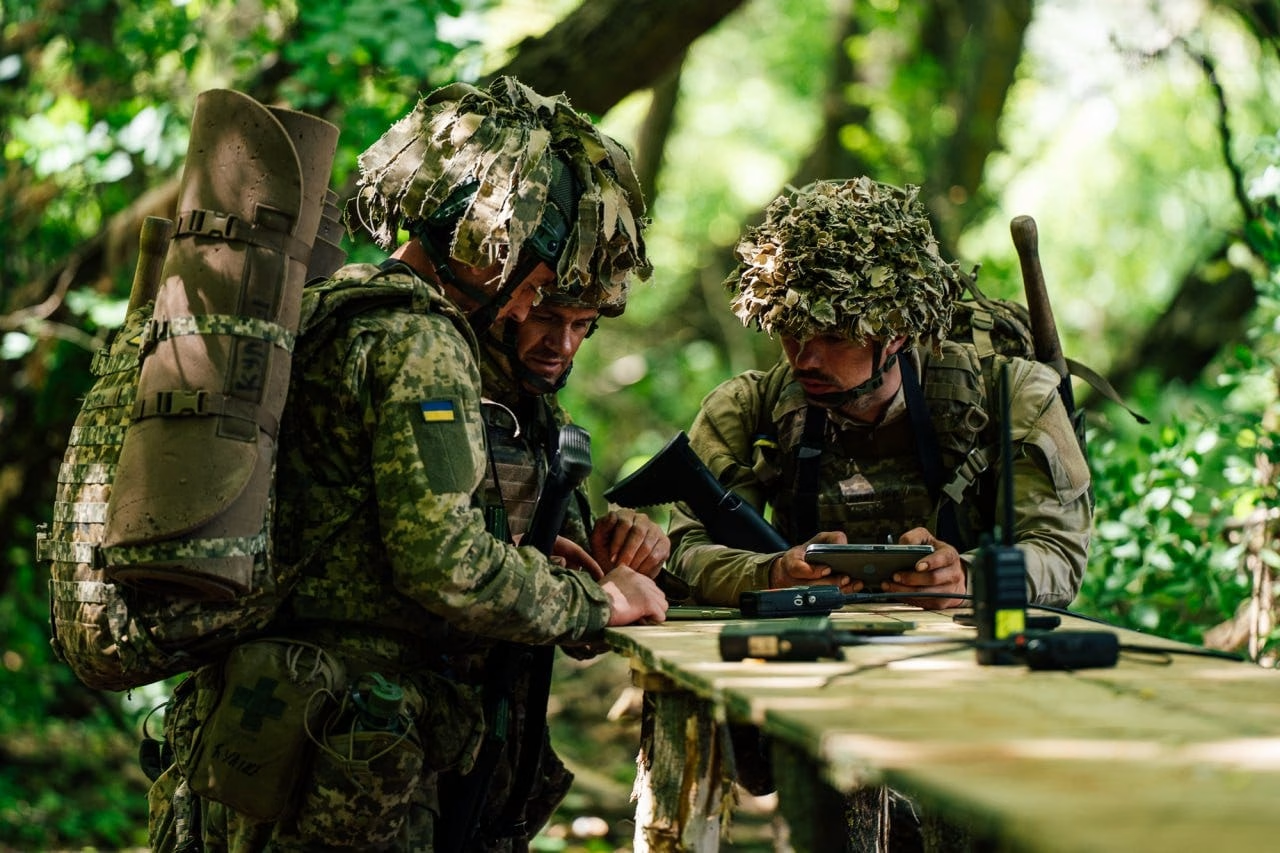
External Source: Foreign Affairs – How to Lose the Drone War
Internal Link: Drones in Land Warfare – Strategic Integration Challenges

